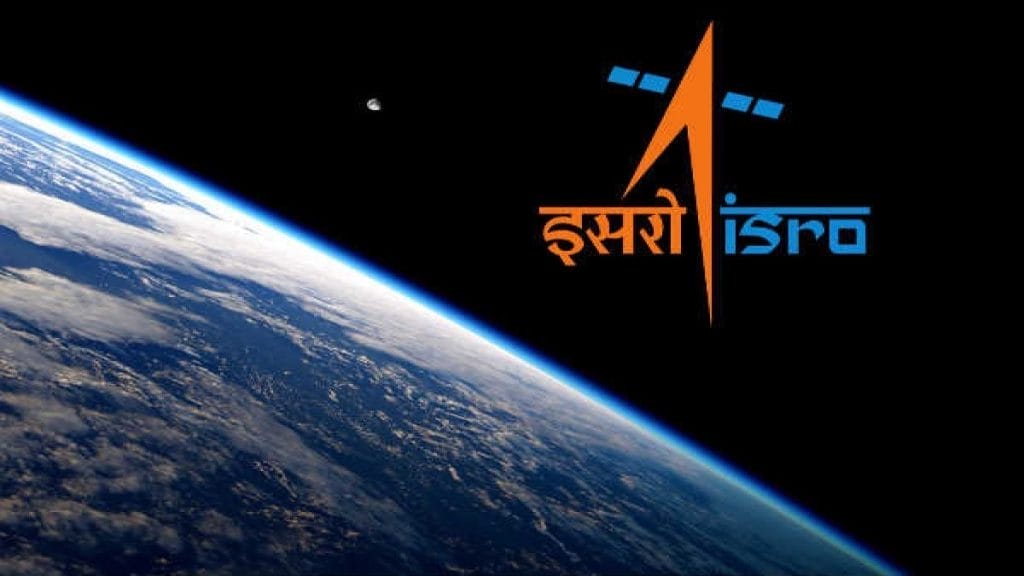New Delhi: ISRO’s GSLV rocket successfully launched the navigation satellite NVS-01 from the Sriharikota spaceport on Monday. The primary objective of this mission is to enhance the continuity of the Navigation with Indian Constellation (NavIC) services. The GSLV, standing at a towering height of 51.7 meters, gracefully lifted off from the second launch pad at Sriharikota, which is situated approximately 130 km away from Chennai. The launch took place precisely at 10:42 am amidst clear skies.
This launch of the second-generation navigation satellite series holds significant importance as it ensures the uninterrupted operation of NavIC services. NavIC is India’s regional satellite navigation system, comparable to GPS, and offers accurate and real-time navigation within the country as well as a region spanning 1,500 km around the mainland.
The NavIC signals are specifically designed to provide user positions with an accuracy of better than 20 meters and a timing accuracy of better than 50 nanoseconds, as stated by ISRO. Roughly 20 minutes after liftoff, the GSLV rocket is scheduled to place the 2,232 kg NVS-01 satellite into a geosynchronous transfer orbit (GTO) at an altitude of approximately 251 km.
NVS-01 is equipped with navigation payloads in L1, L5, and S bands. Additionally, it includes an indigenously developed rubidium atomic clock, marking a significant milestone for ISRO. Previously, ISRO scientists had utilized an imported atomic clock for this purpose. The integration of the rubidium atomic clock showcases the advancements in indigenous technology.
The development of the NavIC system by ISRO aims to fulfill the positioning, navigation, and timing requirements of the country, particularly in the domains of civil aviation and the military. Formerly known as the Indian Regional Navigation Satellite System (IRNSS), NavIC comprises a constellation of seven satellites along with a network of ground stations that operate continuously, 24×7.
NavIC provides two services: the Standard Position Service (SPS) for civilian users and the Restricted Service for strategic users. The NavIC SPS signals are interoperable with signals from the US Global Navigation Satellite System (GPS), Russia’s Glonass, the European Union’s Galileo, and China’s BeiDou.
The GSLV’s successful launch with the indigenous cryogenic stage marks the sixth operational flight of this configuration. ISRO estimates that the NVS-01 satellite will have a mission life exceeding 12 years, demonstrating its durability and longevity in space.
Overall, the launch of the NVS-01 satellite by the GSLV is a significant achievement for ISRO and represents India’s progress in the field of space technology. It reinforces India’s self-reliance and capabilities in satellite navigation systems, benefiting various sectors such as transportation, communication, and defense.





